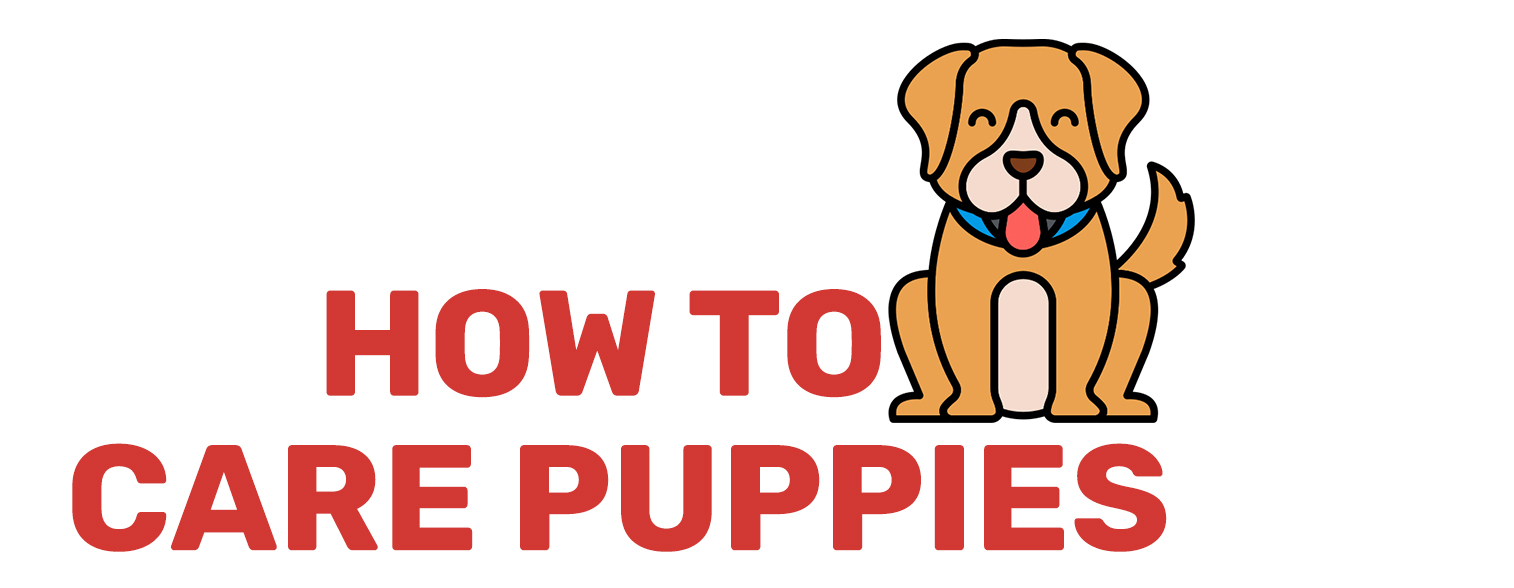
Most Common Warning Signs of Rabies in Puppies
No one wants to see their dog turn into Old Yeller, right before the movie’s tragic ending. It’s even more traumatic to see your defenceless little puppy suffer. We’ll take a closer look at what to look for.
Table of Contents
What is rabies?
Rabies is a viral infection of the central nervous system that leads to neurological damage. It can cause inflammation and paralysis in the brain and eventually death. Wild animals transmit the disease through their saliva, either by biting your dog or licking an open wound or mucous membrane, like the eyes, nose, and mouth. Such wild animals include bats, foxes, skunks, coyotes, raccoons, and wolves.
Once infected, your dog likely won’t show any symptoms for several weeks or months while the virus grows in the muscle tissue. After that, the virus spreads to the spinal cord and the brain (the central nervous system). Once the virus spreads to the bodily fluids, the dog has less than a week to live.
What are the symptoms?
The first symptoms occur in the Prodromal phase, which lasts just a few days. They include:
Flu-like symptoms, including muscle pain, headache, fever, nausea, vomiting, and diarrhoea
Subtle changes in behaviour and temperament
Loss of appetite
Chewing at the site of the bite
Change in bark tone
The furious or Mad Dog phase lasts 2-4 days. Some dogs skip this and go right to the final stage. Here’s what you can expect:
Poor coordination
Muscle spasms
Seizures
Aggression
Disorientation
Erratic behaviour/aimless wandering
Constant growling and barking
Inability to recognize familiar people and things
Lack of fear around predators
The last phase, known as the Paralytical Phase, also lasts 2-4 days. Those symptoms include:
Difficulty swallowing causing increased drooling and foaming at the mouth
Paralyzed jaw, throat, and chewing muscles
Appearance of choking
How is rabies diagnosed and treated?
After contact with a wild or potentially infected animal, visit your veterinarian. He will ask certain questions to assess your puppy’s risk; for example, where did the incident take place? What type of animal attacked your dog, and which animal provoked it? Has the other animal had his shots?
Do you have access to the other animal to test him for rabies? If your dog’s been vaccinated, your vet will revaccinate him and quarantine him for up to 90 days for observation. Protocol for an unvaccinated dog is euthanasia (killing) and brain testing. Your only other option is to quarantine your puppy for six months with another vaccination one month prior to release.
How can you prevent rabies?
Have your puppy vaccinated for rabies at 13-16 weeks old, at one year, and three years after that.
Keep your puppy under your supervision whenever he’s outside. Do not let him run loose!
Never take in a wild animal as a pet.
Keep doors and windows closed so wild animals won’t enter your home.
If you see stray animals, report them to your local health department so no defenceless animals are at risk.
If your puppy shows signs of illness, visit your veterinarian.
Rabies can affect people, too, so always maintain your distance around wild animals. If you work in the wildlife industry, or as an animal control officer, you should get a vaccination, which is given in three shots, administered once a month. Unlike dogs, humans can survive rabies if given a vaccination within fourteen days of infection.
